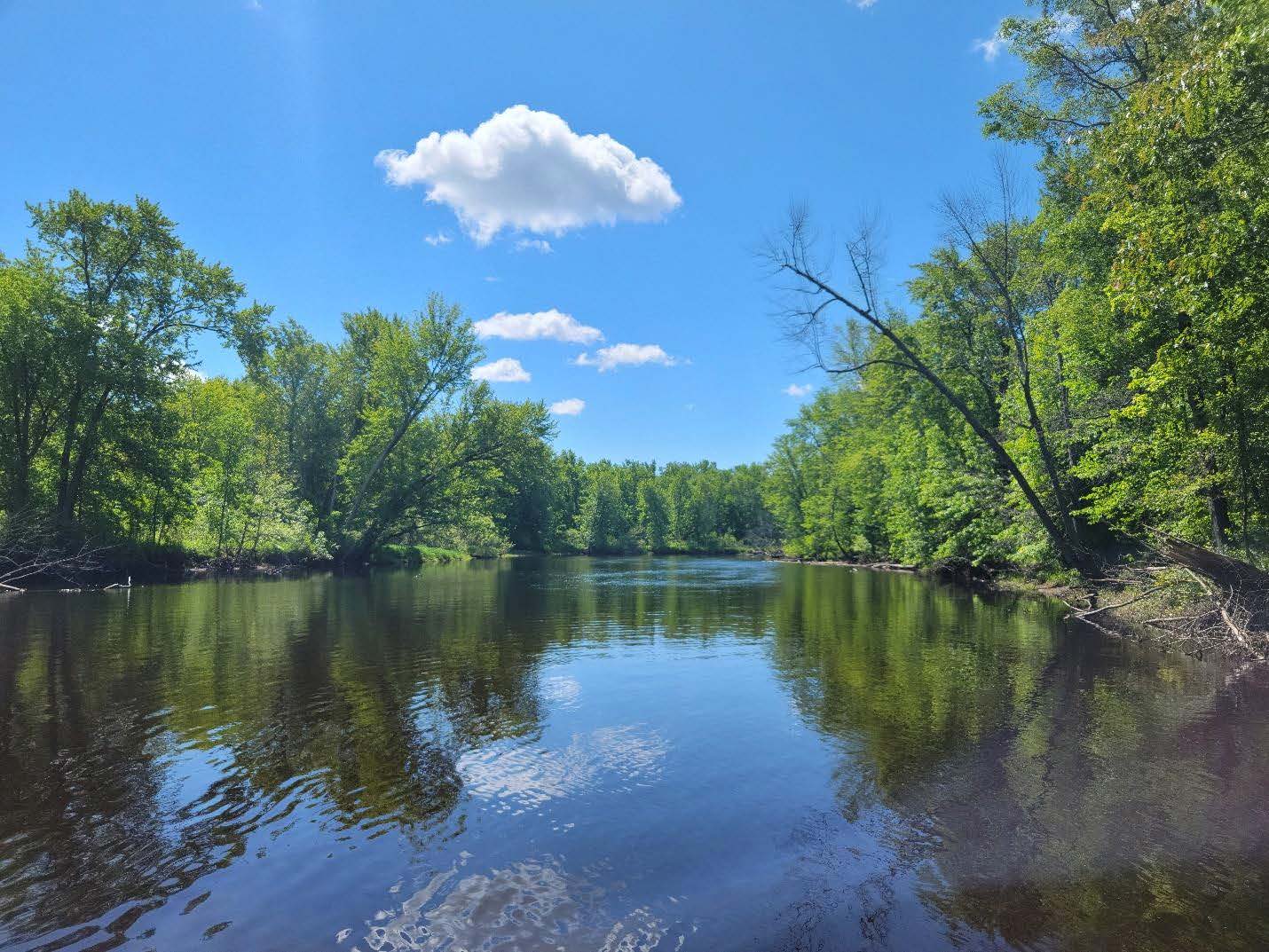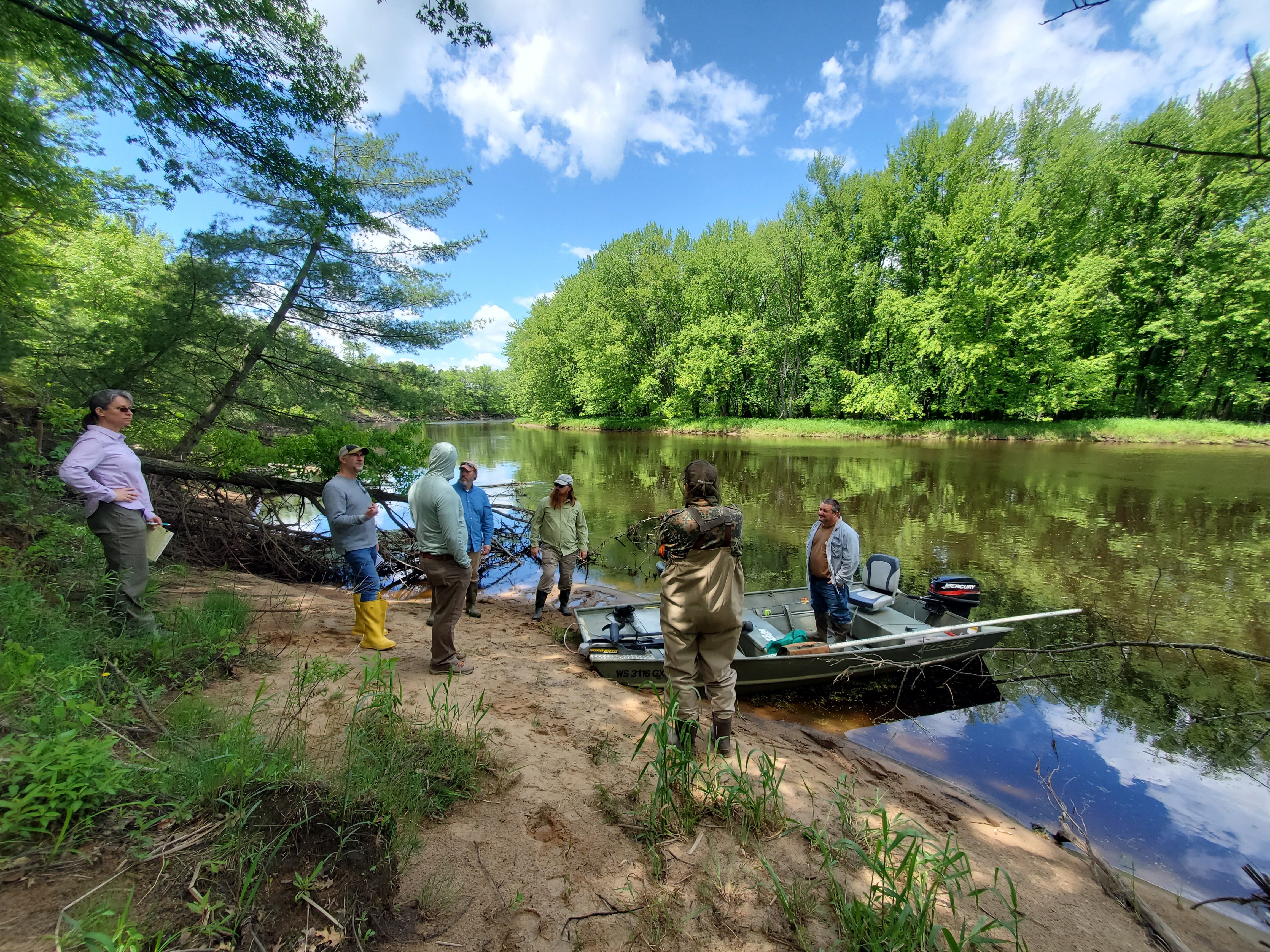Three Wisconsin Projects Get Engineering and Design Headstart for Habitat Restoration Plans
The Takeaway: Partners across the Great Lakes worked to secure funding for engineering and design support for three projects in Wisconsin. This offers a major first step toward project completion.

Oftentimes, funding sources require projects to be “shovel ready” in order to apply for a grant. This means projects need developed designs, completed engineering plans, and possibly permits in hand. However, getting to this point requires its own set of funds to contract engineering and design services, which is a major hurdle for many local communities and organizations.

Working together, the Coastal States Organization, Great Lakes coastal zone management programs, and NOAA secured funds through the Environmental Protection Agency’s Great Lakes Restoration Initiative to create engineering and design plans for habitat restoration projects at sites in all eight Great Lakes states. The goal was to get the municipalities and counties to a point they could then apply for implementation funds. This effort has already proven successful for a project in Wisconsin that has secured funds for complete construction.

The project with Marinette County located on the Peshtigo River works across private and publicly owned lands to stabilize the streambank and enhance habitat for fish and other aquatic populations. The site, when the plans are implemented, will use native vegetation, rocks, and tree root wads to help stabilize the bank and create a more natural and resilient streambank versus a hardened shoreline. The design also allows for better access for recreationists to fish or put in a kayak and explore the river. Project partners hope to begin construction in the fall of 2025.

A second project, with the City of Superior, includes developing engineering plans to minimize erosion from culverts at a road crossing in the Dwight’s Point and Pokegama Wetlands State Natural Area and Superior Municipal Forest. This work prevents sediment from being added into adjacent wetland systems, improves water quality in Kimball’s Bay and St. Louis River Estuary, and protects wetland and upland habitats.
Another project, with the Milwaukee Metropolitan Sewerage District and located in Ozaukee County, is restoring a degraded wetland owned by the district. The engineering plans will work to reconnect the hydrology and restore upland habitats to improve conditions for aquatic species and migratory birds.
For more information on the full list of projects, visit the Coastal State Organization’s project page. For more information on the Great Lakes Restoration Initiative, visit the webpage.
Partners: Wisconsin Coastal Management Program, Coastal States Organization, Marinette County Land Information Department/Land and Water Conservation Division, City of Superior - Parks, Recreation & Forestry Department, Lake Superior National Estuarine Research Reserve, Milwaukee Metropolitan Sewerage District, Southeastern Wisconsin Regional Planning Commission, NOAA Office for Coastal Management, NOAA Fisheries Restoration Center, Wisconsin Department of Natural Resources
PRINT